The “3D Additivist Cookbook” guide to subversive making
Published 13 February 2017 by Ewen Chardronnet
The “3D Additivist Cookbook” was launched at Transmediale in Berlin on February 4. About a hundred artists, makers and activists contributed to this book of 3D printing recipes and imaginative and provocative methods.
Berlin, special report
Conceived and edited by Iranian artist Morehshin Allahyari and British artist Daniel Rourke, the 3D Additivist Cookbook is an interactive e-book packed with 3D printing recipes (including .obj and .stl files), texts, tutorials and both practical and fictional methods to “reveal the contradictions of our time”.
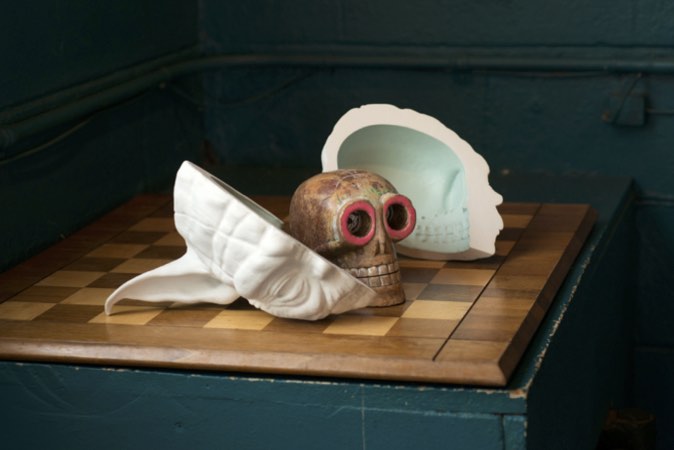
The publication is the announced follow-up to the 3D Additivist Manifesto published in March 2015, which called to push 3D printing subversively into the realms of speculation, provocation and the bizarre. The project originated from the two artists’ desire to “start a discussion around the materialistic politics of this awkward and over-hyped machine, politics that could inspire tutors and technicians to use and teach 3D printing critically, poetically and disruptively.”
“Disassembling additive manufacturing into a spectrum of images, metaphors and theoretical associations”, Allahyari and Rourke formed the portmanteau additivism as a contraction of additive and activism. They pointed at a movement that encouraged social, ecological and international criticism of “radical” contemporary technologies valued in fablabs, biolabs, start-ups, R&D labs, schools and universities. Then they wrote a manifesto and made a video to promote its message. This action also influenced their personal practices. Allahyari attracted international attention with her Material Speculation: Isis, which uses 3D printing to recreate the Mesopotamian sculptures destroyed by Daesh (which we also covered).
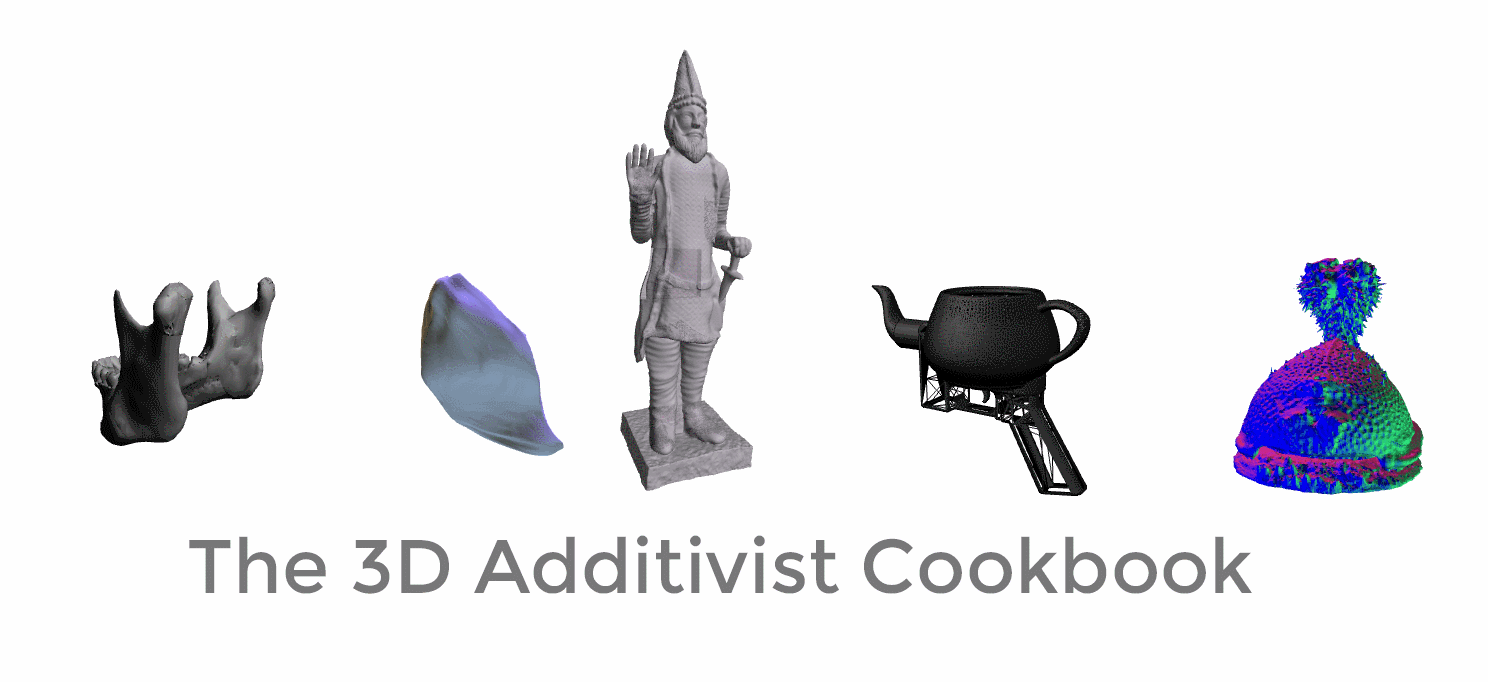
Following the success of their manifesto, in 2016 Allahyari and Rourke were awarded the Vilém Flusser Residency by the Transmediale festival and the Berlin University of the Arts (UdK), in order to compose a book of additivist recipes. Throughout 2016, a number of people responded to their call for contributions with digital forms, printing models, material actions and methodologies.
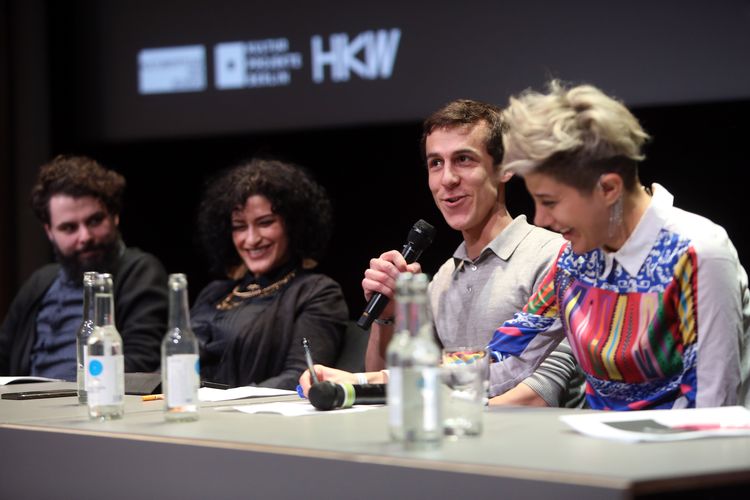
The Cookbook’s publication inspired these words from them:
“Our manifesto’s apocalyptic vision of a world accelerated to breaking point by technological prowess seems strangely comforting compared to the delirious political landscape we see before us. Whether you believe political malaise, media delirium, or the inevitable implosion of the neoliberal project is to blame for the rise of figures like Farage, Trump and – potentially – Le Pen, the promises they make of an absolute shift in the conditions of power appear grand precisely because they choose to demonize the discrete differences of minority groups, or attempt to overturn truths that might fragment and disturb their all-encompassing narratives. These populist grand narrators join a long list of doomsayers, who seed utopian visions in the minds of their followers through a language of hate and fear.
At this time we turn to the small-scale motions of the 3D printer, and the incremental transformations locked up in recipes, toolkits and digital files for solace and inspiration. Though we invoked grand narratives such as the Anthropocene, human evolution and extinction, civilization collapse, cyborg uprisings, and large-scale social unrest in our manifesto, it is from infinitesimal gestures and their collective enactment that we believe the most profound transformations arise.”
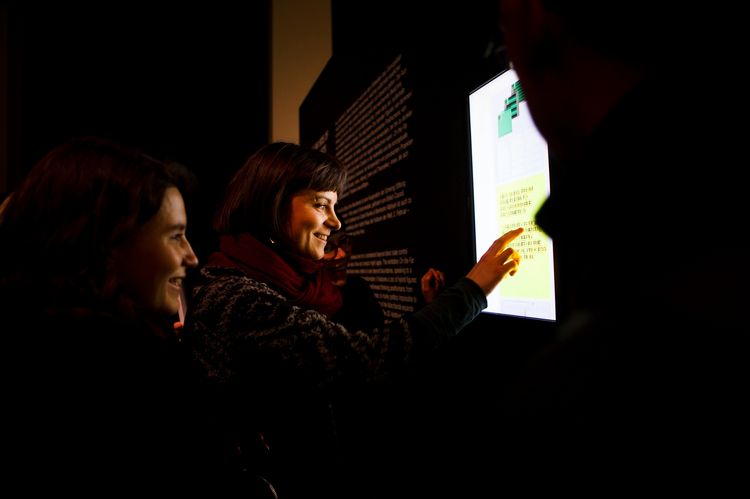
The Cookbook’s launch was accompanied by an exhibition at Schering Stiftung gallery in Berlin to open Transmediale 2017 titled On the Far Side of the Marchlands (referring to an intermediate zone in medieval times). Besides the 3D Additivist Manifesto video, the Cookbook and further deployment of concepts from the world of Allahyari and Rourke, the gallery exhibited three other works that were iconic of additivist research.
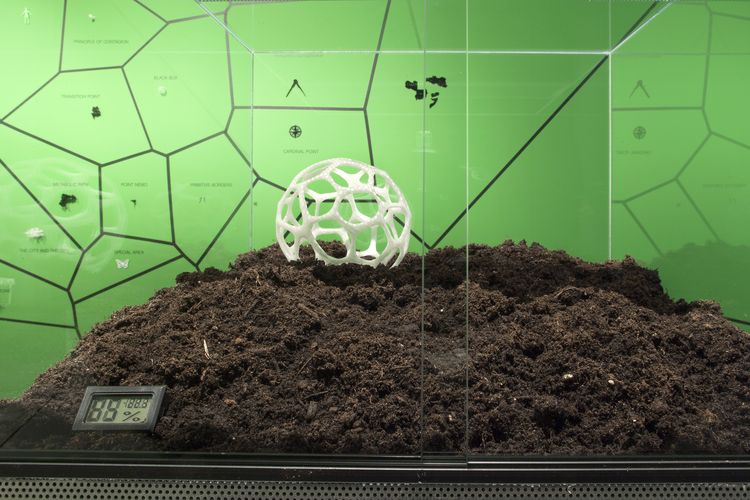
Canadian artist Keeley Haftner presented Black Box, a terrarium containing objects printed in polylactic acid (PLA), a biodegradable plastic derived from corn starch and preferred by many 3D printing practioners. The objective is to visualize composting PLA objects.
British artist Cathrine Disney presented Ecdysis, a hybrid association of lambswool and laser-cut bioplastic.
American artist Brittany Ransom presented Primitive Borders, a strange ant farm combining a labyrinthine 3D printed structure with ant gel, a substrate designed for ants in space research in the early 2000s. This nutrient-rich gel made from seaweed extracts rich in water, amino acids and sugars allows the ants to thrive without adding any other food or water to a farm operating in the zero gravity environment of the International Space Station (ISS). The gel also contains a fungicide to prevent rotting, despite the high moisture content. Surprisingly, the ants tunneled more actively in the gel than in an earth-based substrate—and ant farm research hasn’t been the same since.
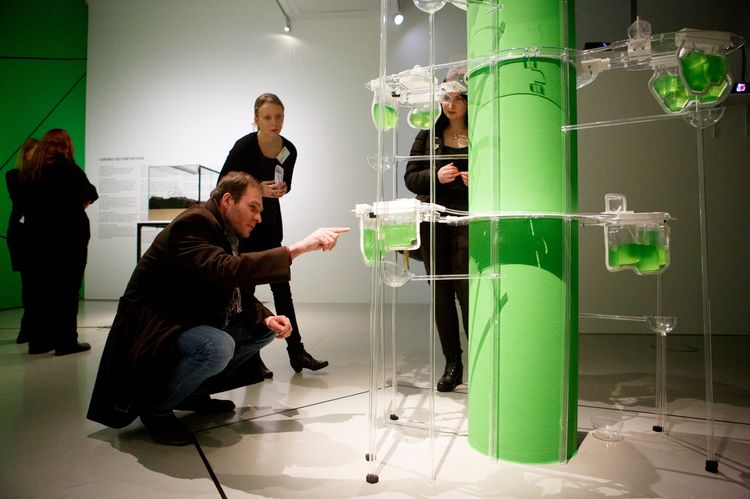
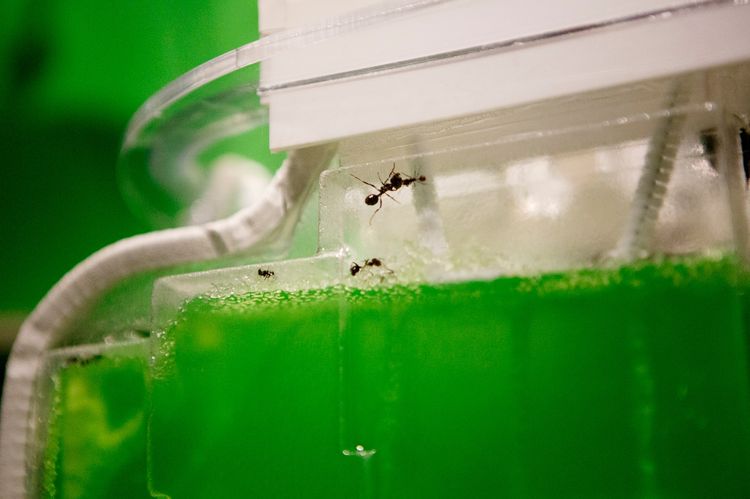
The Cookbook is in 3D PDF format (with readable 3D files embedded in the pages), as a tribute to the long history of DIY fanzine publishing. All the 3D models are distributed with an accompanying torrent file, allowing the Cookbook to open source its critical ideas as well as the practical means to realize and mutate them. With their 3D Additivist Cookbook, Morehshin Allahyari and Daniel Rourke pose the question: Is it possible to “change the world without having to also change oneself, and the implications of this position”?
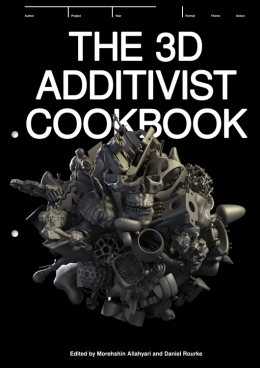
Download the “3D Additivist Cookbook”
